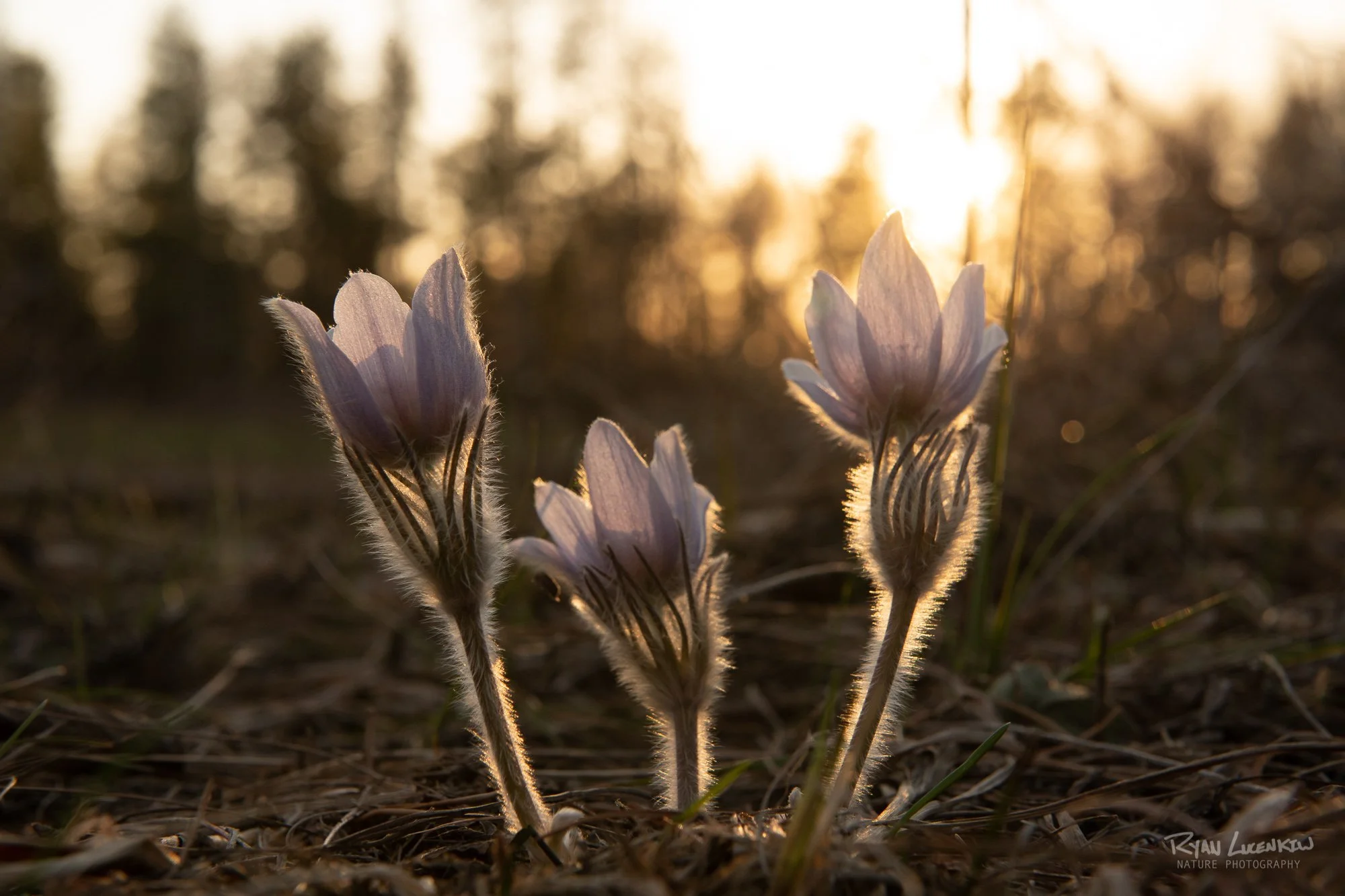The Annual Crocus Hunt
Foiled Again
Well this year I had some exciting plans for shooting the prairie crocus in mid April, however due to the planet deciding to skip summer and autumn this year, going straight back to winter, I didn’t have the opportunity. Disappointing, sure, but for now I will just slip that idea into my back pocket and see if it can be attempted next year.
Later, once the outrageous amount of snow had cleared up, I went to go check on one of my usual spots. Still no luck. All I saw were the shriveled remains from their last attempt to bloom.
Mars Sandhills
Once I had seen some visual confirmation online, I picked the only sunny looking evening of the week and headed out to the Mars Sandhills. Mars Sandhills is a wildlife management area. I had been to the more northern area a number of times. It has become one of my favourite places to shoot crocuses. Wildlife management areas are areas designated by the province for conservation and human recreation. I’ve decided to work on a project (which I’ll discuss in the future) to explore more of them, which led me to one of the healthier populations of the flower that I’ve seen.
They were in an area of the forest where there was a bit of a clearing with many fallen trees nearby. I was hoping to go wide-angle and find some nice landscape photo to compose with them. No such luck. Lessons in using Google Maps to pre-scout an area. Sometimes you just have to make use of what you’ve got. I decided to go in for a more macro shot.
Camera Settings
Macro photography is all about getting up close and personal with a subject. There where a lot of trees in the background, and I was looking through the flowers at the sun setting in the treeline behind. There was a wonderful golden backlighting on the flowers making all their little hairs glow.
Below are two identical photos except one was shot at f/4 and the other at f10. The photo on the left at f/4 has some nice smooth bokeh blurring out the background. I really like this effect for composition because it forces the viewer to look at the only subject in the image, but the depth of field is lacking. Only most of the flower on the left is in focus.
On the right, I have more depth of field with most of the flowers reasonably in focus, however the background looks a lot messier.
Shot at f/4.
Shot at f/10.
Focus Stacking
For me, the solution was to use a technique called focus stacking. I took a series of 40 images at f/4 and later blended them together, using only the sharpest parts of each image. This enables me to control the depth of field precisely and have only what I want in focus. In the end, I am able to have all three flowers completely in focus, while keeping the nice background blur of the shallow depth of field.
The end result is that I am able to showcase these flowers against that beautiful soft golden light.
40 images at f/4 focus stacked.


